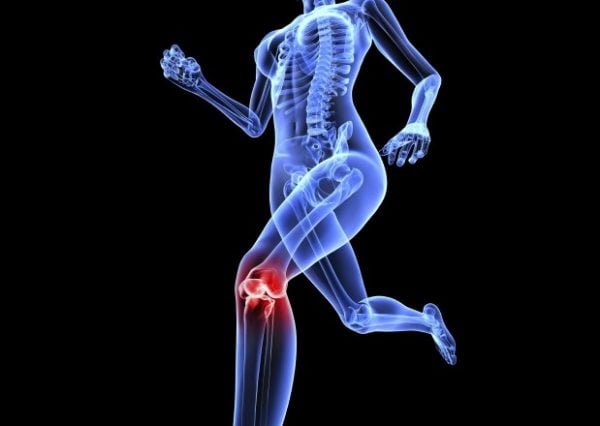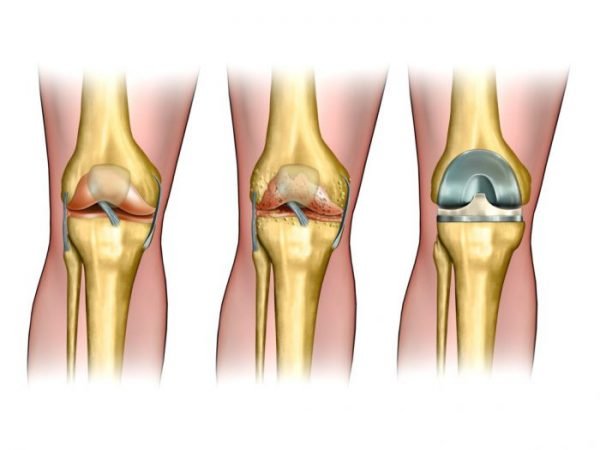ABOUT OSTEOARTHRITIS TREATMENT
Osteoarthritis treatment aims to alleviate symptoms of osteoarthritis, a condition that causes pain, swelling, and stiffness in joints in the body. The condition is caused by a breakdown of cartilage, which is a buffer between the joints and the bone and protects the joints. Cartilage wears down overtime and the body is usually able to repair the damage and continue protecting the joints, however, when it does not repair the cartilage, friction between the bone and joint occurs. The joint may deteriorate, causing pain and stiffness.
Osteoarthritis is not a curable condition, however treatment can help to relieve and manage symptoms. Many patients with the condition may experience limited motion with the affected joints, due to the stiffness caused by the breakdown of the cartilage. While the condition can affect any joint in the body, it most commonly occurs in the knees, hips, hands, and spine. It is a degenerative condition, meaning it will worsen as time goes on, which is why it is important to seek treatment once symptoms start to show, in order to try and slow down the process and relieve symptoms.
The condition is more likely to occur in older age, with most patients experiencing symptoms from the age of 45 or older, and it is more likely to affect women more than men. There are a number of factors which can increase the chances of osteoarthritis occurring and these include family history, obesity, and if the patient already has arthritis.
Treatment options include medication for managing pain and inflammation, lifestyle changes, physical therapy, and in some cases surgery may be an option. Surgical treatments include joint replacement and osteotomy.
Recommended for
- Osteoarthritis
TIME REQUIREMENTS
- Number of days in hospital: 3 – 5 days.
If patients are undergoing surgery, a hospital stay is usually required.

HOW TO FIND QUALITY TREATMENT ABROAD
BEFORE OSTEOARTHRITIS TREATMENT ABROAD
Patient will have a consultation with a rheumatologist or an orthopedic specialist, to discuss the treatment plan for managing their condition. Patients should raise any questions or concerns that they may have and explain to the doctor the symptoms they have and for how long they have been experiencing pain, stiffness or swelling.
The doctor will take a full medical history of the patient and may run some tests such as blood tests, order an X-ray or MRI (magnetic resonance imaging) in order to help with making a treatment plan, if such tests have not already been performed.
If undergoing surgery, the patient will usually be advised to refrain from eating and drinking in the hours preceding surgery, in order to prepare for the general anesthetic.
Patients with complex conditions may benefit from seeking a second opinion before beginning a treatment plan. A second opinion means that another doctor, usually an expert with a lot of experience, will review the patient’s medical history, symptoms, scans, test results, and other important information, in order to provide a diagnosis and treatment plan. When asked, 45% of US residents who received a second opinion said that they had a different diagnosis, prognosis, or treatment plan.
HOW IS IT PERFORMED
Osteoarthritis can be managed with medication such as nonsteroidal anti-inflammatory drugs (NSAIDs) to help treat the inflammation and pain in the joints. Some NSAIDs that are used are often non-prescription medication such as ibuprofen which the doctor may recommend, while others may be prescription medication that may have side effects.
Physical therapy may be recommended to the patient, and this will need to be attended on a regular basis in order to experience consistent relief. The patient will perform certain exercises and movements, in order to improve the strength of their muscles and to help with regaining motion in their joints.
Some patients may be given injections such as cortisone or lubrication injections to relieve pain in the joints. This involves injecting medication into the joint using a needle.
Depending on the area of the affected joint and severity of the condition, surgery may be an option to help treat osteoarthritis. Patients who have osteoarthritis in their knees or hips, may be eligible to have knee or hip replacement surgery. This type of surgery involves making an incision in the knee or hip, removing the old and damaged joint, and replacing it with a new joint made of plastic or metal. Once the new joint is in pace, the incision site is then closed.
For patients who are relatively young, a knee replacement is not always an option as the replaced joint can wear down a lot quicker in patients under the age of 55, in comparison to older patients. For these patients, an osteotomy may be performed. This is a surgical procedure performed to remove or add part of a bone in the leg to alleviate pressure put on the knee. This is generally seen as a temporary solution as these patients will usually require knee replacement surgery in the years preceding this procedure.
Anesthesia
General anesthetic (if undergoing surgery).
Procedure duration
The Osteoarthritis Treatment takes 1 to 3 hours.
The procedure duration depends on the type of surgery being performed.

WHAT TO EXPECT AFTER OSTEOARTHRITIS TREATMENT
Post procedure care
Should the patient experience any side effects from taking any medication recommended to them or prescribed by the doctor, they should let the doctor know as the medication may need to be changed.
IMPORTANT THINGS TO KNOW ABOUT OSTEOARTHRITIS TREATMENT
Potential risks
- Side effects from medication
- Infection
- Bleeding















